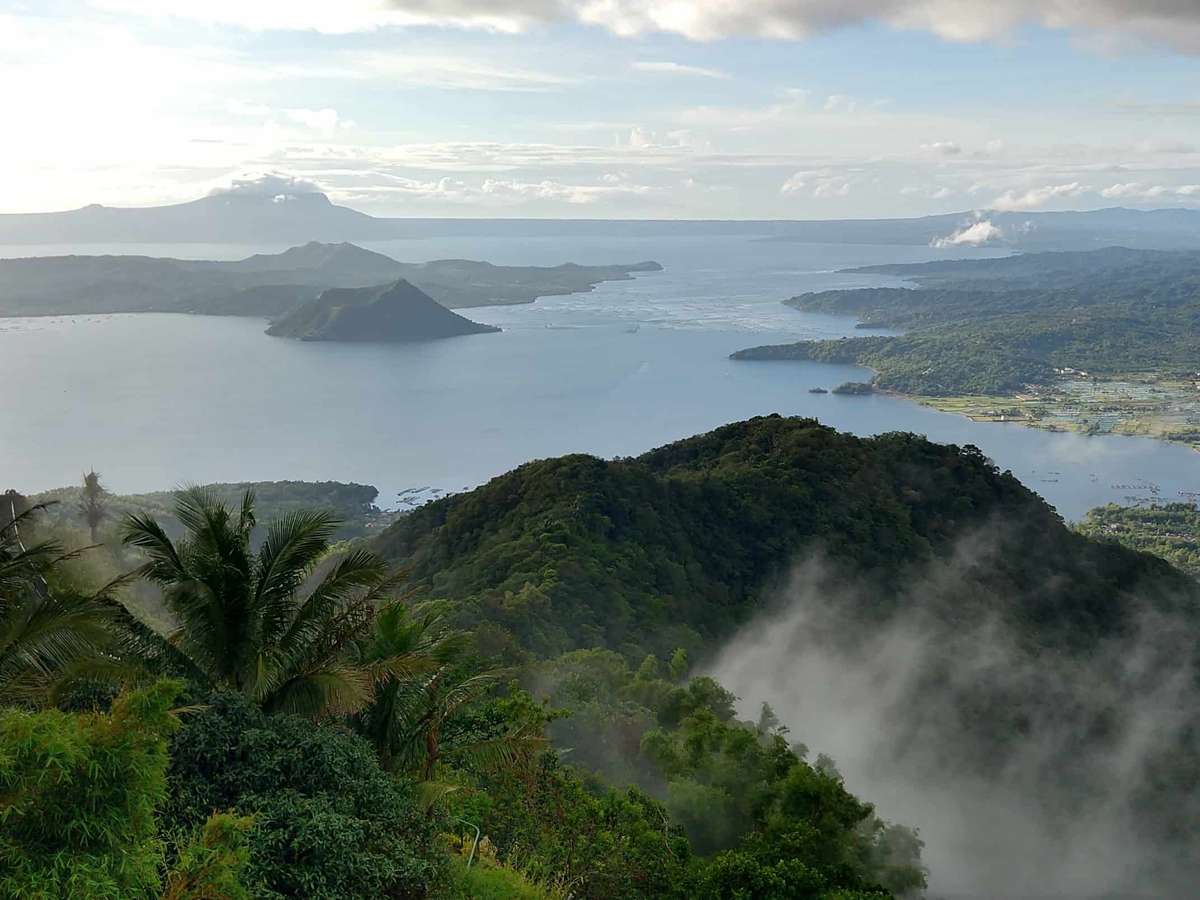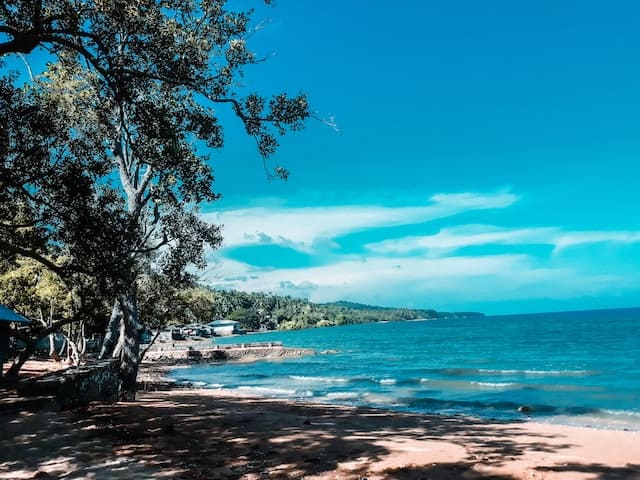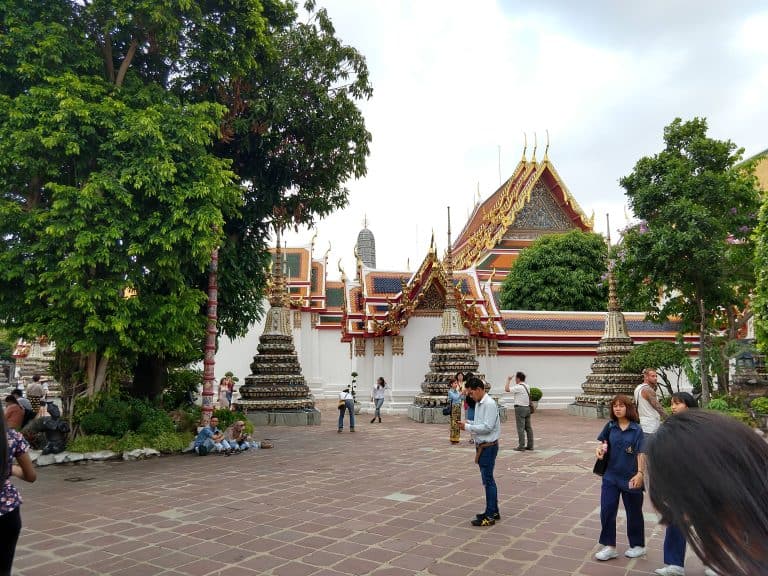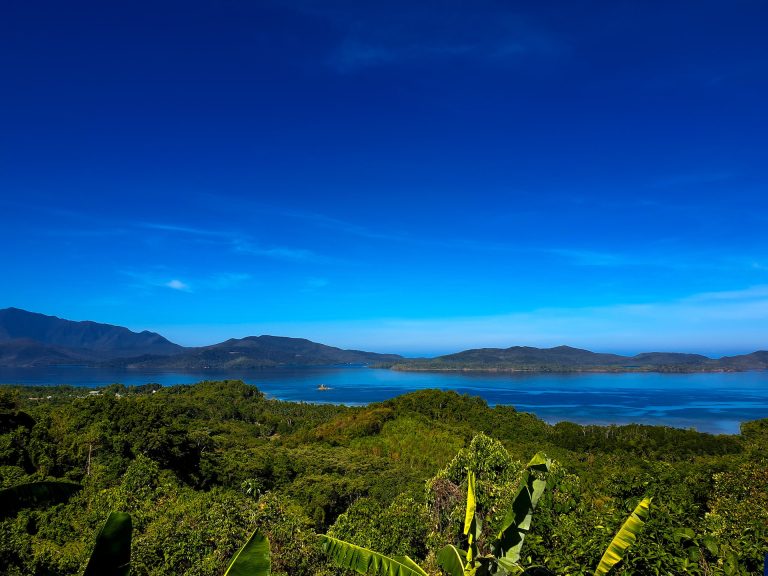Tagaytay: The Perfect Weekend Getaway From Manila
if you’ve got even a couple of extra days on your trip to Manila, then it’s hard to think of a better getaway than Tagaytay.
Just an hour or two south of Metro Manila, Tagaytay City has some of the Philippines’ most famous and enduring scenery: Taal Volcano and Taal Lake. It’s also a breath of fresh air, literally, with cool temperatures and a clean breeze at its high altitude.
Tagaytay does get packed with visitors, but all in all, the population of about 75,000 people keeps things much quieter and less hectic than anywhere in metro Manila.
What is Tagaytay famous for?
Tagaytay City is best known for its stunning views of the Taal lake and volcano. That iconic volcano dominates nearly every vista from the small city, and is an absolute must-see for any visitor who has the time.
And if heat and humidity tire you as much as they tire me, then Tagaytay’s elevation will be a pleasant surprise.
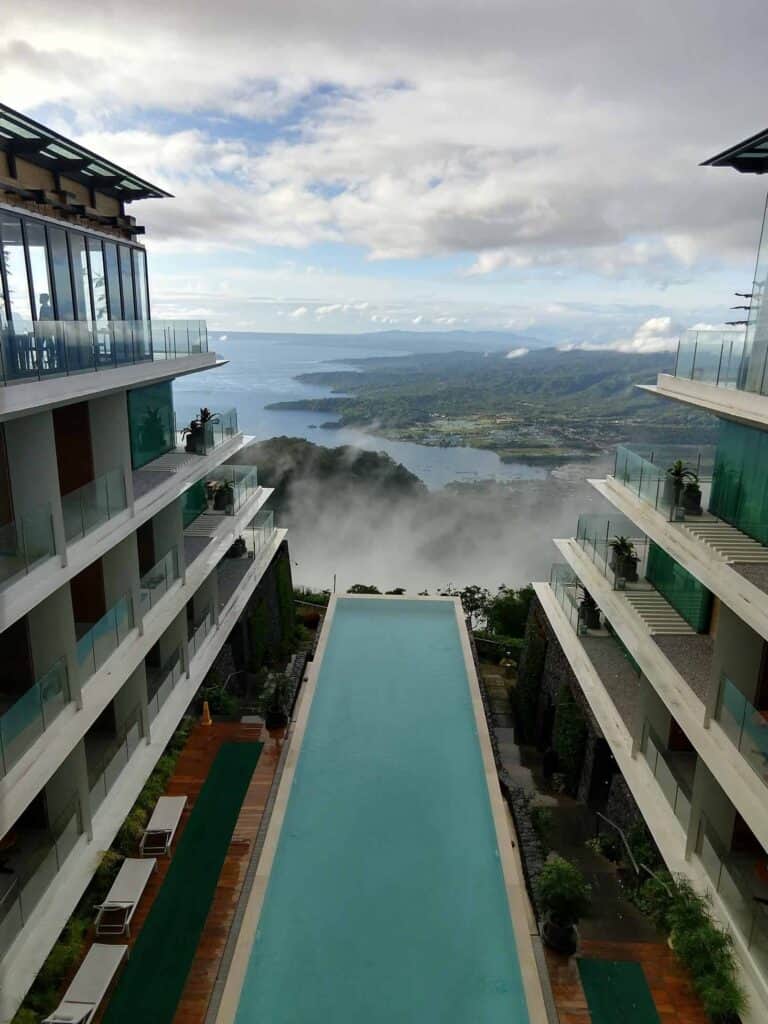
It sits on top of an extended ridge overlooking Taal from an elevation of roughly 2,000 feet or about 600 meters. That’s not exactly Mount Everest, but it’s enough for a refreshing change in weather from Manila, which is basically at sea level.
Mind you, it’s still a warm, wet, tropical climate. But whereas Manila will hit the mid-to-upper 90s F for days on end in certain seasons, Tagaytay has never officially broken 88 F. In fact, most nights are in the 60s and most days fall in the high-70s to mid-80s.
Its elevation and exposure also give the city an almost perpetual breeze, which makes even the hotter and muggier days feel a little fresher.
Is Taal volcano near Tagaytay?
Taal volcano is very close to Tagaytay. As the crow flies, it’s about seven miles south of the city.
Taal Volcano forms its own island in the middle of Taal Lake, and the island is split between two small towns (Talisay and San Nicolas).
You can, of course, see the volcano from anywhere around the circumference of the lake. But the northern ridge, where Tagaytay City is located, is the highest point and arguably has the best views. In fact, the volcano is only about 1,000 feet tall, so Tagaytay gives the unique experience of looking down on an active volcano.
Is Tagaytay colder than Baguio?
Tagaytay and Baguio are both well-known and very popular for their refreshing weather. While neither city is remotely a “cold” place, Baguio is noticeably cooler than Tagaytay most of the time.
On any given day, it’s likely to be 5 or 10 degrees cooler in Baguio. Even though Baguio is very much a tropical area, it’s so extremely high in the mountains (over 5,000 feet!) that the temperature difference is pronounced. Compared to Manila and other coastal areas, the difference is often 15 degrees Fahrenheit or even more.
How far is Tagaytay from Manila?
Metro Manila is a huge area, so the distance depends on exactly where in Manila you’re referring to.
From a central point in the City of Manila, it’s roughly 40 miles from Tagaytay City.
If you’re trying to get to Tagaytay from southern parts of Metro Manila, such as Muntinlupa, the trip is a brief 25 miles or so. On the other end, from the northern NCR cities like Caloocan, you’re looking at 55 miles or more.
Needless to say, this makes a huge difference in the travel time you should expect.
How many hours is Tagaytay from Manila?
On a day with light traffic, which is pretty rare, you might get from the City of Manila to Tagaytay in about an hour and a half. A little over two hours is a more realistic estimate, and don’t be surprised if it takes a bit longer yet.
These time estimates are for a private car or rideshare, which are by far the best ways to get to Tagaytay.
If you do need to book a taxi or (ideally) a rideshare, plan on about $20 to $40 each way depending on traffic and exactly where you’re starting from.
Granted, that’s not cheap, but I strongly recommend against traveling by bus. It’s convoluted, it will easily eat up half the day, and bus safety is questionable at best. On the bright side, it’s cheap—as in a couple bucks. Still, in my eyes, it’s not worth it unless you’re on the tightest of budgets.
What’s the best time to visit Tagaytay?
I absolutely recommend going Tagaytay during the coolest and driest time of the year, when it’s at its most refreshing. That’s usually November through April or thereabouts.
Among those months, January and February are historically the very coolest and driest. Conversely, you should expect the most rain from July through September, so that’s not a great period if you plan to spend much time outside.
Tagaytay hosts a couple of minor festivals in the month of May. Frankly, I haven’t heard much about them outside of promotional materials. Still, May is a fairly dry month, and as good a time as any to visit the city.
Which is better, Tagaytay or Baguio?
Tagaytay and Baguio are both extremely popular resort towns. The main difference is that Baguio is a larger, more self-contained city and the hub of its region.
It’s perhaps not quite fair to ask which of the two is better, since they’re wildly different places. Instead, we’ll look at the comparison most visitors will care about.
If the coolest weather is what you’re after, then Baguio wins by virtue of its geography.
In terms of scenery, each is stunning. Baguio’s surrounding mountains are quite pretty in general, and the drive offers nice perspectives on peaks, lowlands, and everything in between. However, few sights can compare to Taal on a sunny afternoon, so I’d give a very slight edge to Tagaytay.
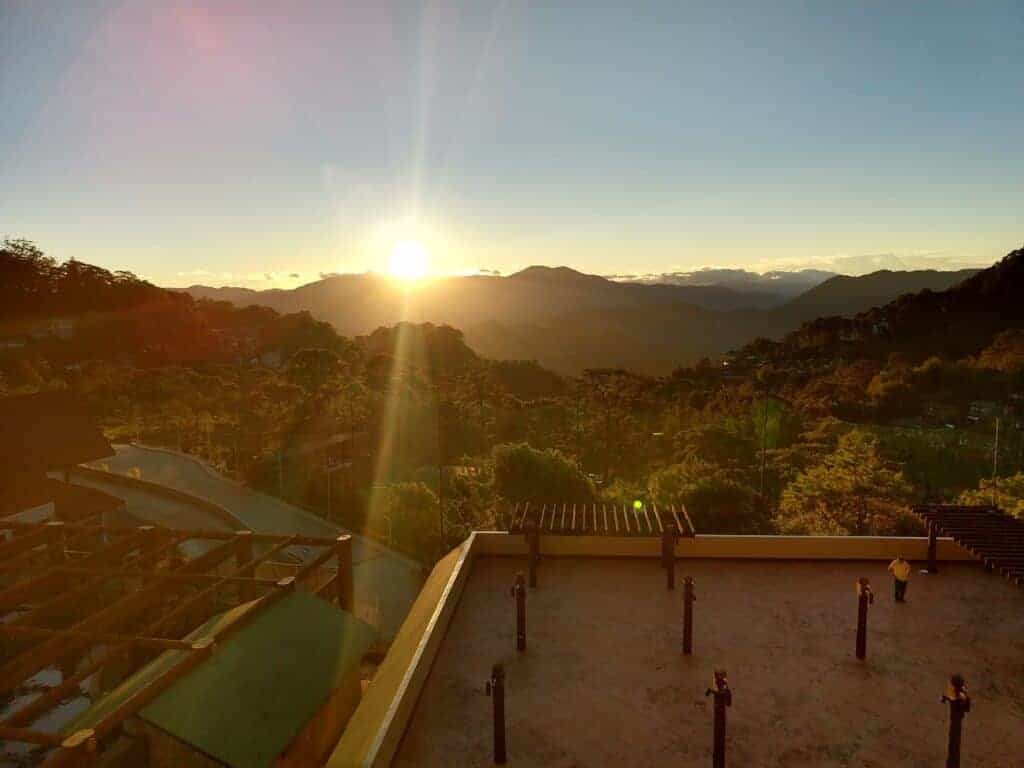
For activities, either will keep you busy exploring for a couple of days. But if you’re looking to spend more than a couple full days, you’ll quickly feel just how much smaller Tagaytay is.
The flip side of that coin is that Tagaytay is much less crowded than Baguio. Both are mellower than Metro Manila, but if you’re seeking peace and quiet, they’re easier to come across in Tagaytay.
In terms of travel time, there’s no contest. A recent tollway opening cut the Manila-Baguio trip down to perhaps 3.5-4 hours from Manila proper. However, traffic can extend that. Additionally, the mountain roads near Baguio are prone to landslides, which result in closures and potentially one- or two-hour detours. Manila-Baguio bus travel is possible, but get ready for a brutally long ride!
Although Tagaytay is closer and therefore cheaper to get to from Manila, it’s significantly more expensive otherwise. That’s not to say it will break the bank, but do expect to spend at least as much as you would at comparable places in a nice part of Manila. This might be $80+ for a good hotel with a view of Taal, and about twice that much at a luxurious property. Mid-range to upscale restaurants, roughly speaking, are also priced similarly to Manila’s.
You may find otherwise, but Baguio rooms and food seem to run about 30-50% less. That may or may not offset the higher travel cost, but it’s helpful for a longer stay.
Should I visit Tagaytay?
Tagaytay is the classic Manila weekend getaway. It’s not the place to party all night or to catch world-class entertainment like you’d find in Manila. It’s the polar opposite.
So, if you need a relaxing change of scenery and have a spare night or two, then I can’t think of a better place to kick back.
And that—just kicking back—is the best way to enjoy Tagaytay and its spectacular sights.

